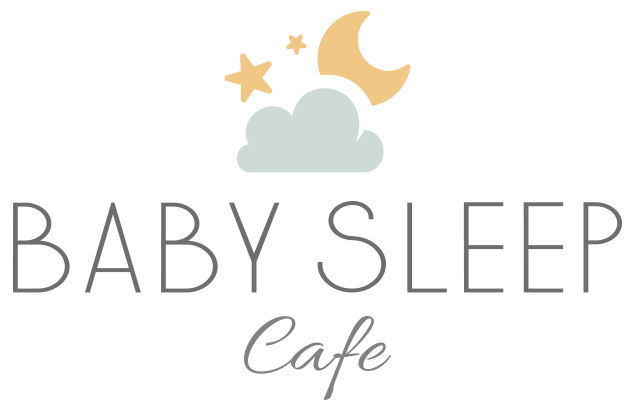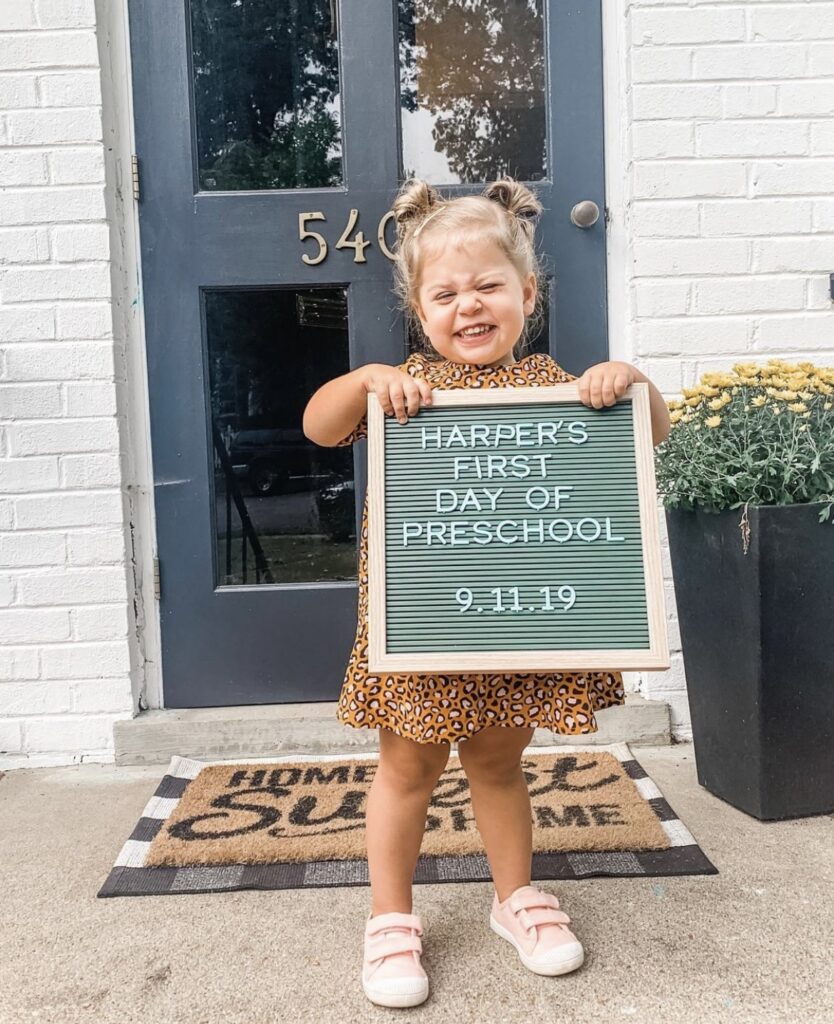SO LONG SUMMER
Summer is quickly closing in on everyone! I’m not gonna lie, I am very sad that summer is coming to a close. Everyone loves a more relaxed schedule, late nights, trips to the beach and maybe even sleeping in a little later. Nonetheless, summer is ending for everyone and that can be a sad thing.
Some kids are about to start school any day if they haven’t already. Late nights are diminishing as everyone needs to get back into the swing of things. It is now time to transition into a more predictable schedule with your little ones. Although this sounds sad, this can be a positive thing. I actually love routine and so does your child. Even if you have a baby, sometimes summer can throw off the schedule so this is the perfect time to get back at it or start one tonight.
BEDTIME ROUTINE
The first thing you need to do is start with your bedtime routine. If you don’t have one or need guidance, feel free to download my freebie BEDTIME ROUTINE . I explain how establishing a bedtime routine (no matter what age) can be beneficial for your child to get a good night’s sleep. If you have a toddler, I also have a free download for Toddler Cards to help you through bedtime as well. Many parents of toddlers have a power struggle each night as their requests and demands get longer and stranger…ha. IYKYK! TODDLER CARDS.
ZENIMAL
Zenimal is a product that I learned about at a sleep retreat for sleep consultants. This is an amazing product especially for preschool age children and older. If you have a child that is unable to calm his body and mind, the Zenimal will help with this. It provides a set of meditations and affirmations that will help your child wind down and prepare for sleep. My nephew, age 5 at the time when I gave him one, absolutely loves it and makes it part of his final step in his bedtime routine. My nephew literally cuddles with it like a lovey. So cute! Here is a link to buy one or to get more information.This device is screen-free and approved by me! Zenimal.
EARLIER BEDTIME
Most likely, you will need to begin implementing an earlier bedtime due to having to wake your child up earlier.You might have to do this due to getting a sibling off to school or your own baby off to daycare.This can be accomplished by starting your bedtime routine 15 minutes earlier every day and gradually getting to the time that you desire. Or, you can rip the bandaid off and start with the bedtime that you want right away. However, I recommend the first option.
Imagine what would happen if you are used to going to bed at 11 pm and then all of a sudden decide that you are going to start going to bed earlier since you need to wake up earlier. You would probably toss and turn and then eventually start scrolling on your phone until you were tired (probably 11 pm.)
If your child is going back to school or going to a new setting, they will most likely be very tired and you might need to implement an even earlier bedtime than she had before summer started. This may be due to more stimulation during the day as well as a change in schedule; resulting in your child getting tired earlier. Sometimes they will not be napping or resting like they did in the summer due to going to kindergarten or daycare. As a result, they will be TIRED at the end of their day.
Go ahead and jump right in and put them to bed earlier if needed. In this case, contrary to what I said about ripping the bandaid off, sometimes a bedtime of even 30 minutes earlier might make that evening less dreadful as your child may be extra cranky.
HOW MUCH SLEEP SHOULD MY CHILD BE GETTING AT NIGHT?
According to the American Academy of Pediatrics the following should be used for the amount of sleep your child should be getting in a 24 hour period:
Ages 4-12 months: 12-16 hours (including naps)
Ages 1-2 years: 11-14 hours (including naps)
Ages 3-5 years: 10-13 hours (including naps)
Age 6-12 years: 9-12 hours.
Age 13-18 years: 8-10 hours.
According to the National Sleep Foundation, these figures are fairly similar with a few variations:
Newborn: 14-17 hours (including naps)Ages 0-2 months
Infants: 12-15 hours (including naps) Ages 2 months-1 year
Toddlers: 11-14 hours (including naps) Ages 1-3 years
School-age children: 9-11 hours Ages 4-12 years
Teenagers: 8-10 hours.
Young adults-adults (just for your info) 7-9 hours.
LIMIT ELECTRONICS
I know what it’s like at the end of the day when everyone is tired. You might be trying to deal with another child or preparing a meal for the family. The last thing you want to do is entertain your child. The easiest thing would be to put on their favorite show or have them play their iPad. I GET IT! Do it! Yep, you heard me right.
Sometimes, everyone might need a little “time-out” and if you are allowing electronics, I suggest earlier rather than later, during the evening. I recommend turning off electronics 2 hours before bedtime. The reason for this is that the blue light can interfere with sleep.
In a study from the National Library of Medicine, they found the following to be true: “although the duration of exposure to evening light in children is shorter than that in adults, the impact of light is greater in children than in adults. Light‐induced melatonin suppression in children is greater than that in adults under conditions of both high color and low color temperatures of light. Blue‐enriched high color temperature of LED lighting has a greater impact on melatonin suppression in children and inhibits the increase in sleepiness during the night in children.”
In this regard, “evening light with a low color temperature is recommendable for children’s sleep and circadian rhythm. However, it should be noted that even lighting with a low color temperature could be a factor of melatonin suppression in children when its illuminance is adjusted brightly.”
In relation to blue-light from electronics, I recommend dimming lights and turning off electronics two hours before bedtime as it can affect sleep. If you have a nightlight (or my personal favorite product, Hatch Rest Baby Sound Machine), I recommend using a low colored light such as red or amber for sleep. When children are exposed to blue-light instead of natural light from the sun, it confuses the brain and the natural melatonin that is supposed to kick in when the sun goes down, doesn’t happen as effectively when electronics are used.
YOU GOT THIS
I hope that once you get into the swing of your new schedule, you find that having these routines in place will make for a happier child and happier YOU! I hope that you will have an easy transition implementing a new schedule and routine. As always, if you would like one on one help, I’m always a phone call away! Schedule today if you need help implementing these ideas or if you need other help.


